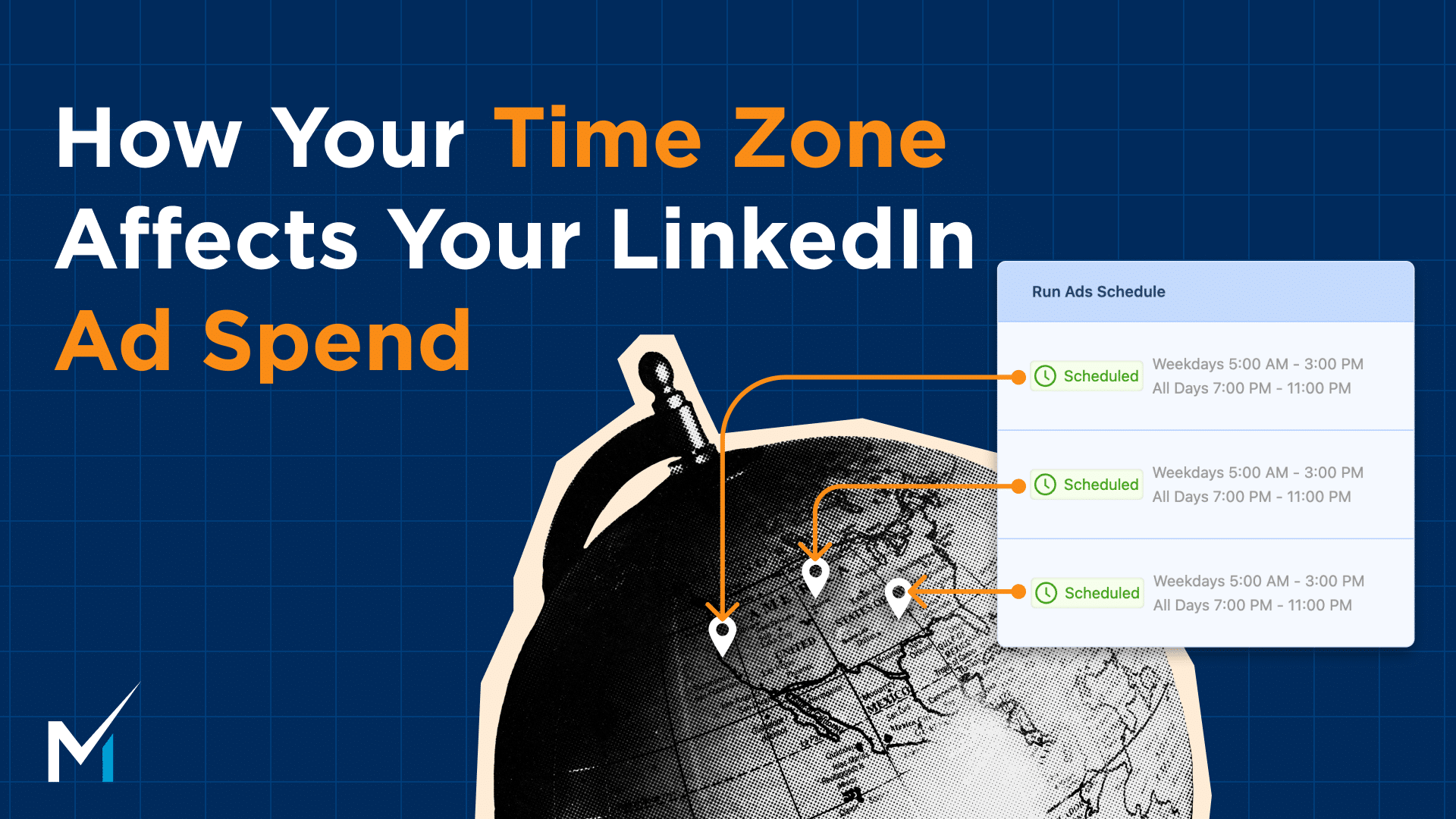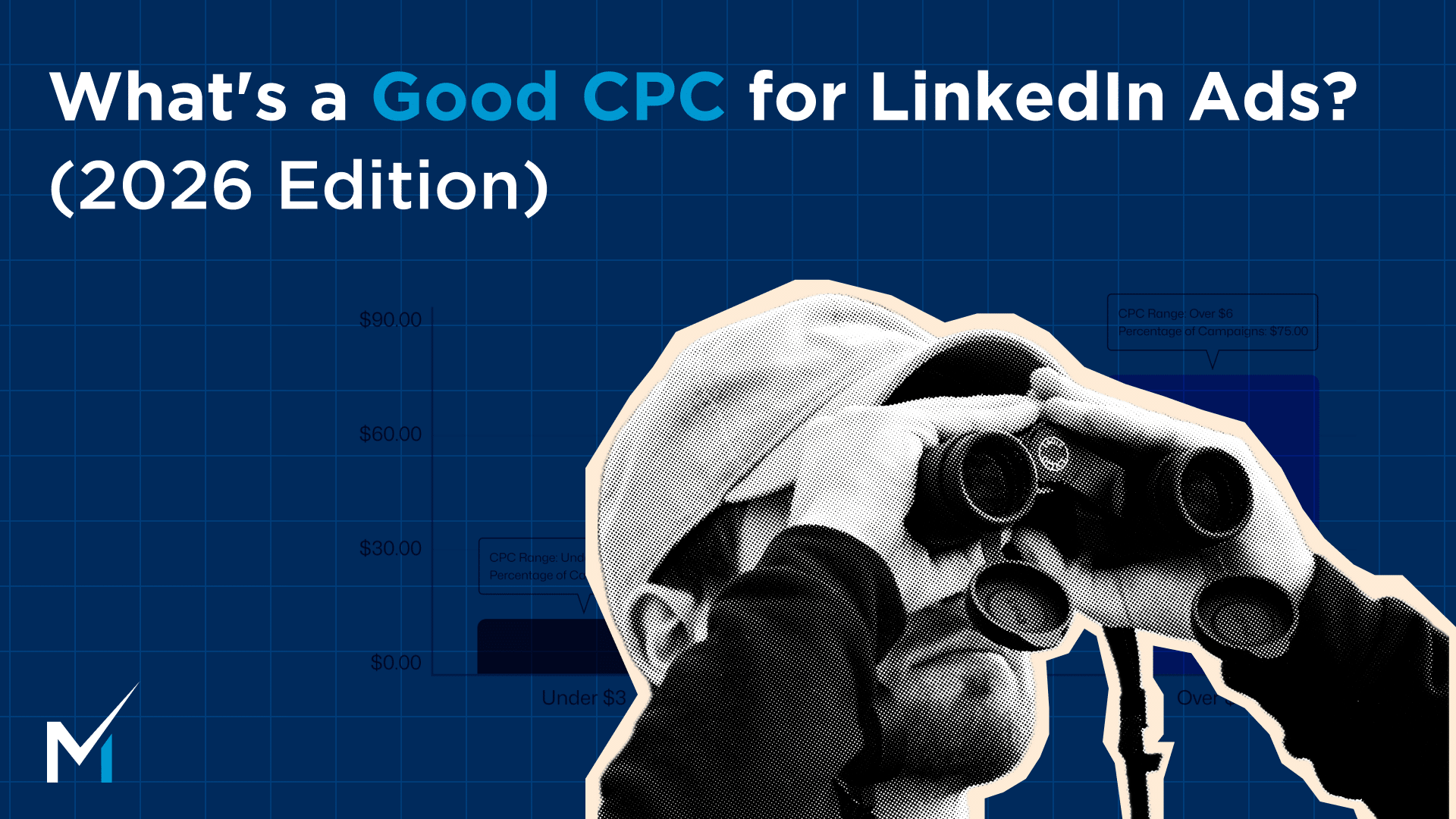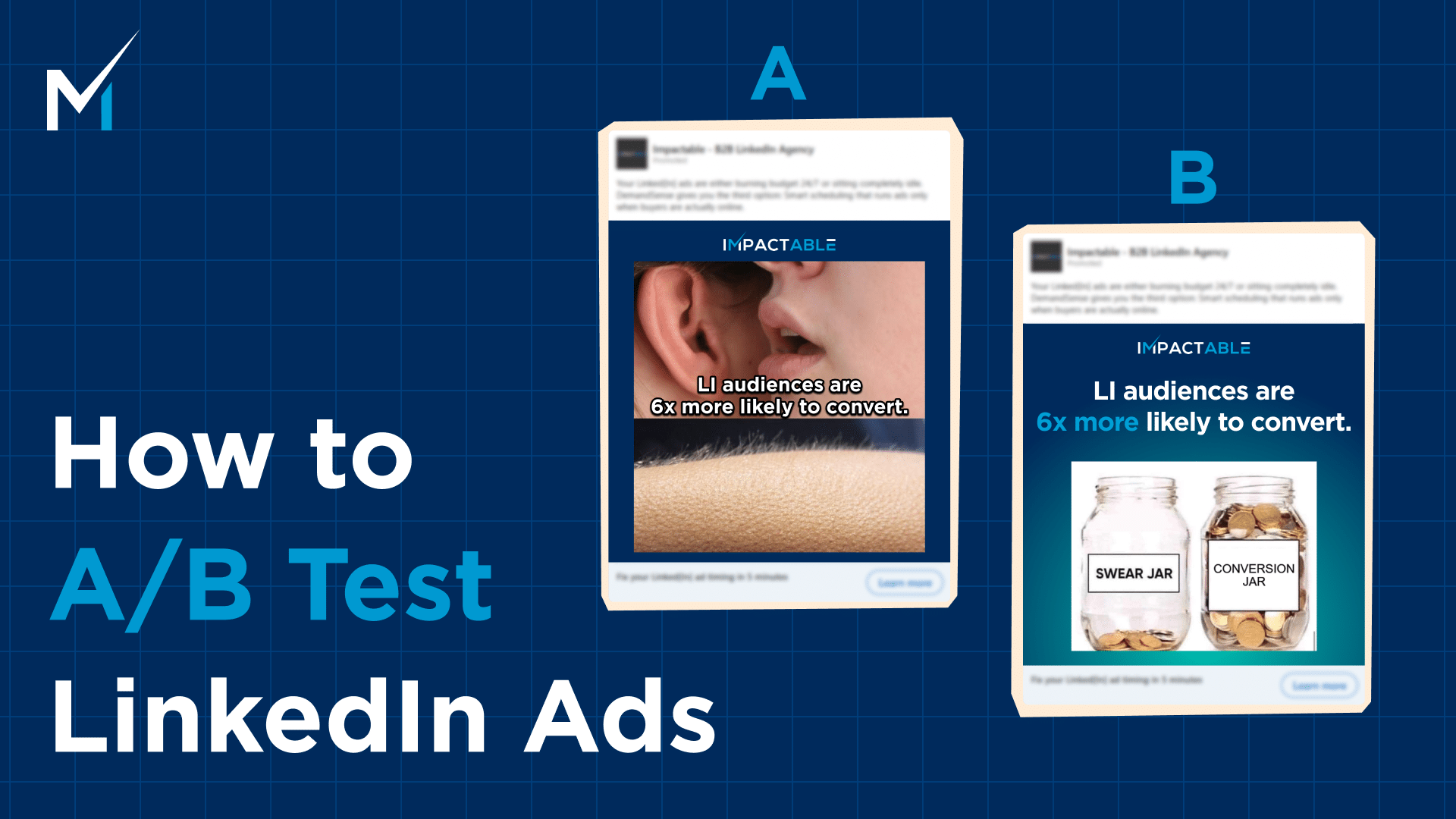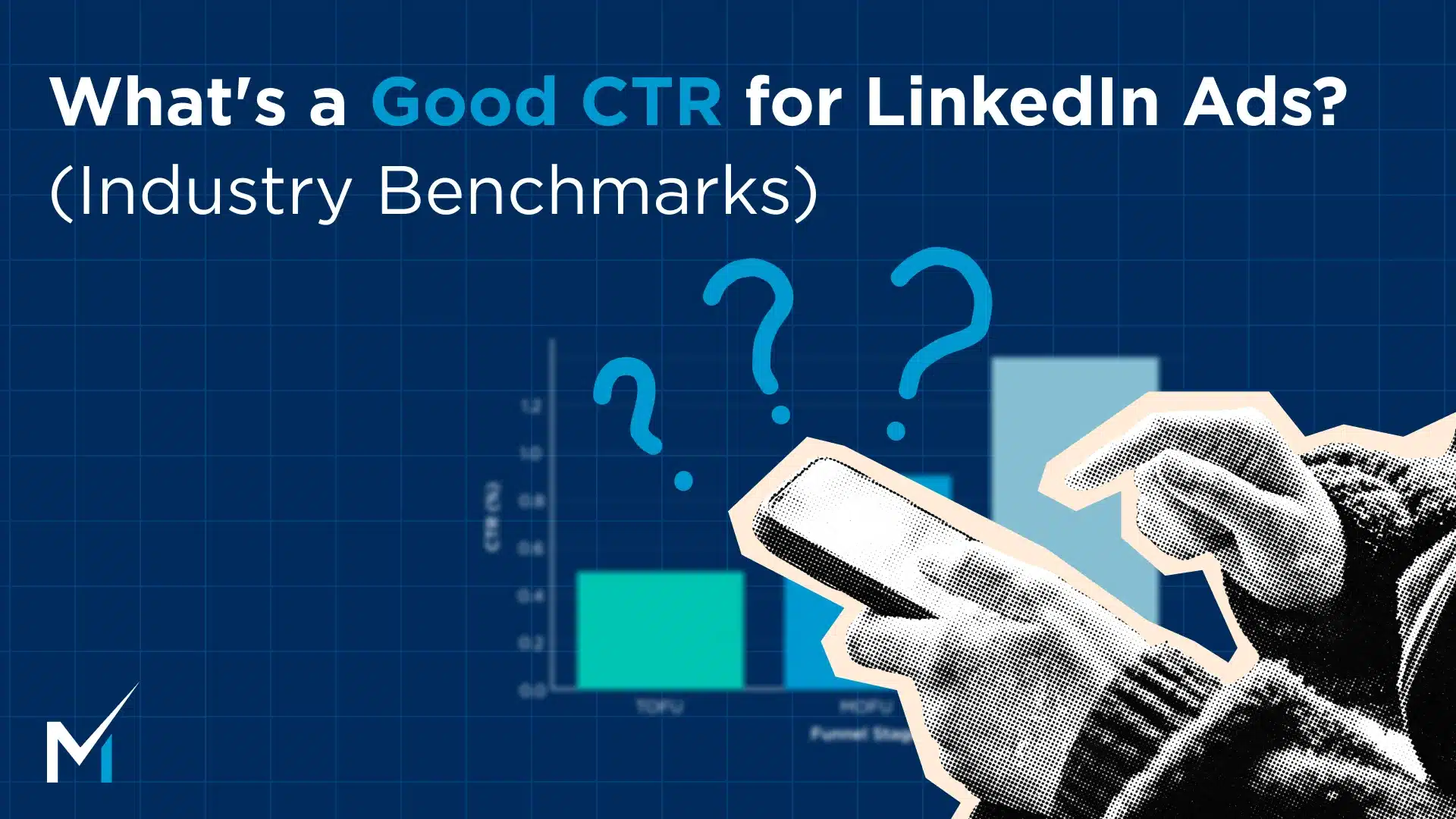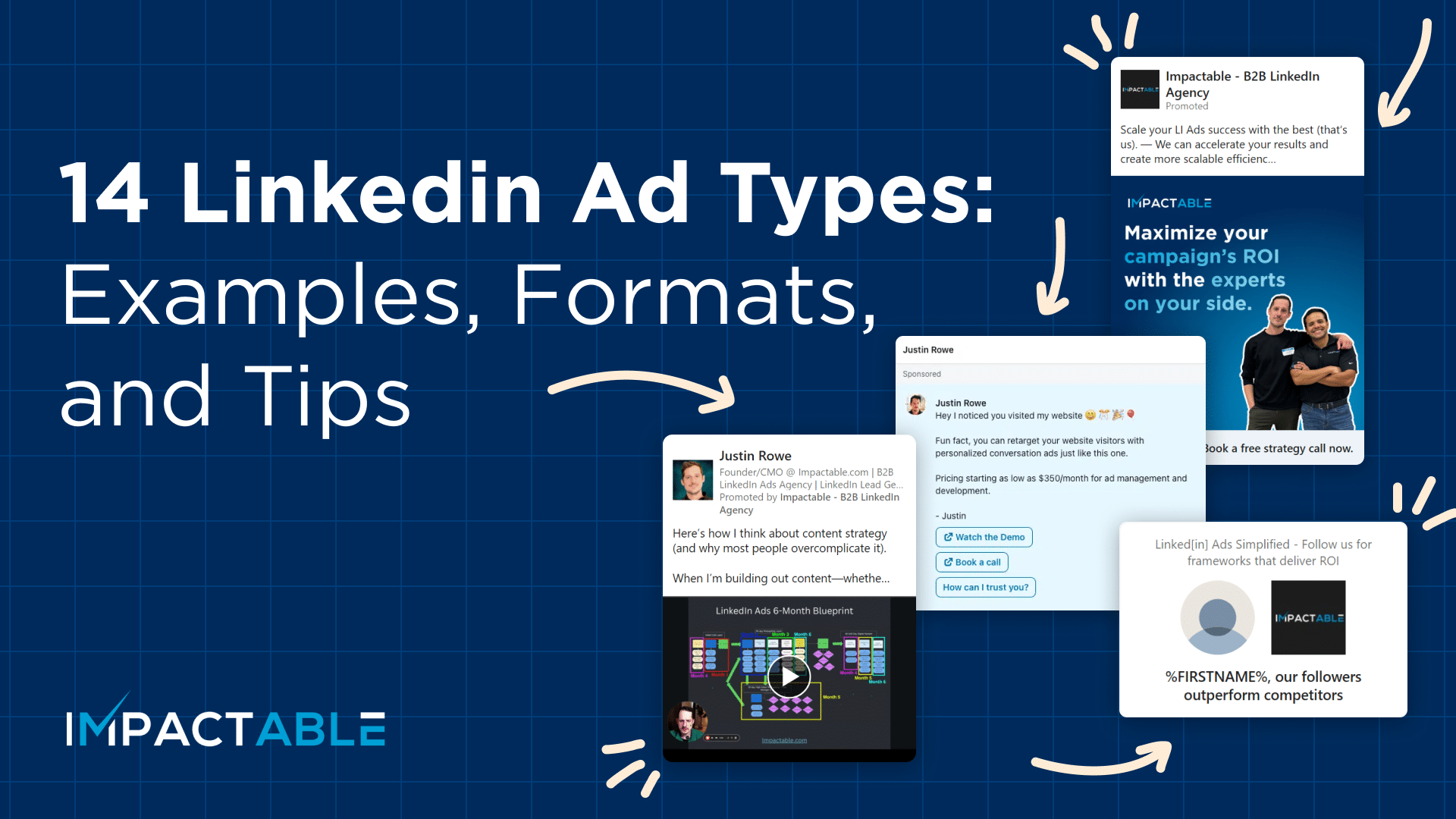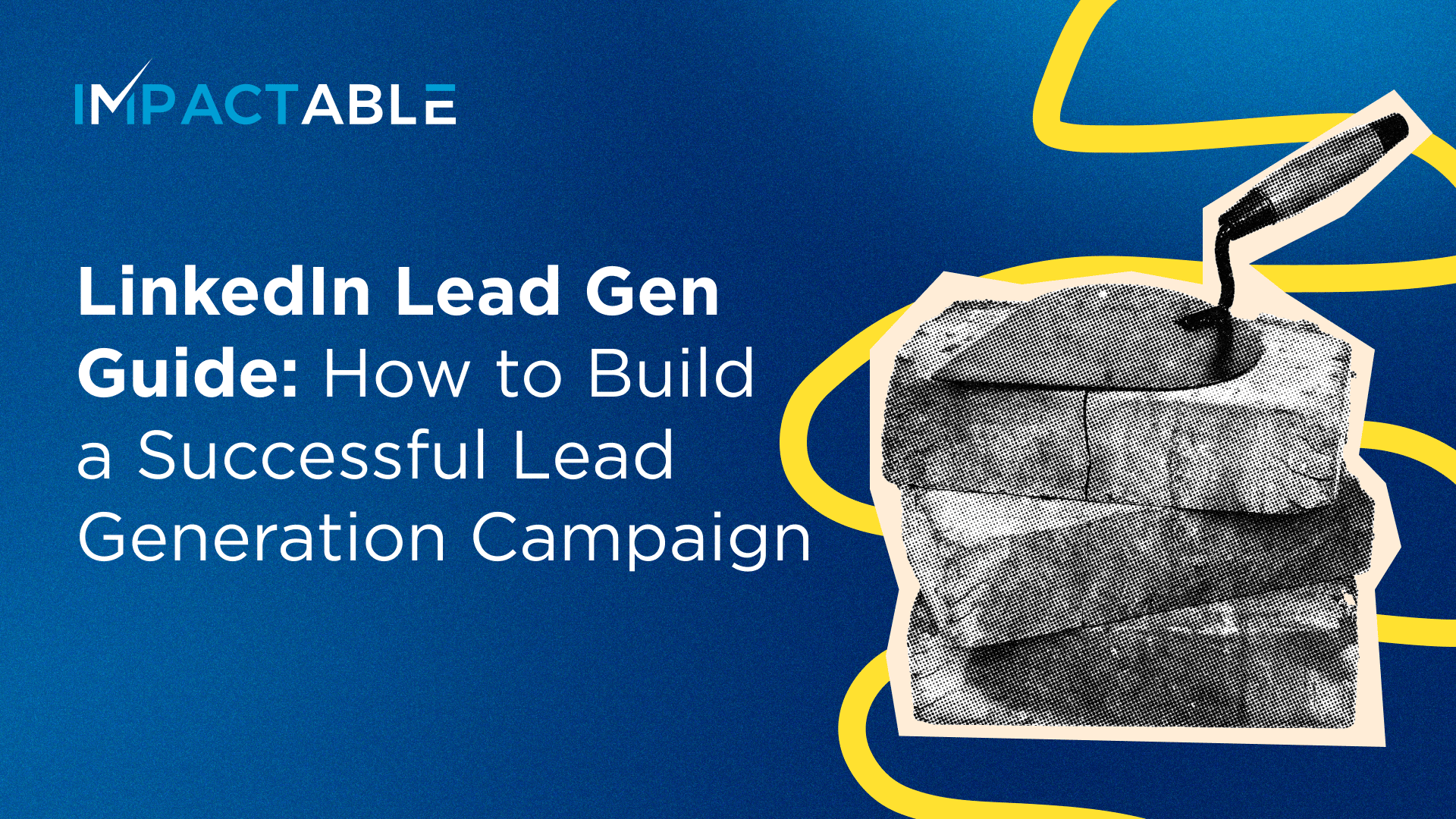You set a daily budget on LinkedIn. Midnight hits, the budget resets, and ads start spending again. Simple, right? Not exactly.
Here’s the catch: LinkedIn resets every daily budget at 00:00 UTC, no matter where your audience lives. It does not matter if your ICP is in Sydney, San Francisco, or Tokyo. The reset happens at the same global time.
That creates a mismatch between when your budget starts burning and when your buyers are actually online.
Let’s look at what that means in real life:
- In Sydney, budgets reset at 10am. Your buyers are already in meetings, heads down, not scrolling LinkedIn.
- In Tokyo, the reset hits at 9am. You have already missed the early commute crowd.
- In San Francisco, it is 5pm the day before. Most people are closing laptops, not opening LinkedIn.
This is why LinkedIn ads time zone quirks matter. Without a plan, your budget gets eaten up during low-engagement hours. And since LinkedIn is happy to spend as fast as possible, that money does not always hit the right audience at the right time.
Why Ad Scheduling Is Critical for B2B Marketers
On LinkedIn, timing is just as important as targeting. You can have the right audience and the right creative, but if your ads are running when nobody is active, you are wasting budget.
B2B audiences are not scrolling LinkedIn around the clock. They are active during very specific windows. Most of the engagement happens on weekdays between 7am and 6pm. You will often see spikes during commutes, lunch breaks, and the quick scroll before or after meetings.
Late nights and weekends usually underperform. Your ICP is not checking LinkedIn at 11pm on a Saturday, which means those impressions do little to move the needle.
This is where LinkedIn ad scheduling comes in. By matching delivery to peak engagement windows, you make sure your campaigns actually run when your buyers are on the platform. That simple shift can have a bigger impact on B2B LinkedIn ads performance than changing copy or adjusting bids.
How DemandSense Solves the Time Zone Problem
LinkedIn does not give you native scheduling. If you want to line up your ads with the hours your audience is actually active, you either toggle campaigns manually or watch budget disappear during off hours. That is where DemandSense changes the game.
With built-in LinkedIn ad scheduling, you can create time blocks by hour, day, or region. This lets you match delivery to business hours instead of letting LinkedIn run wild with your spend.
The platform is also time zone aware, which means you can run ads during peak hours in each market. Your campaigns can hit mornings in the US while still reaching afternoon engagement windows in Europe, all without you lifting a finger.
It is designed as set-and-forget automation. No more alarms to pause campaigns, no more checking Campaign Manager at odd hours. Once you set your schedule, DemandSense handles the rest.
On top of that, you get smart budget controls. You can stop overspend before it happens, group campaigns together under account-level caps, and optimize pacing so your dollars go further.
This scheduling feature is just one part of the broader toolkit. You can see more about how we approach campaign management here.
Case Study – 56% Lower CPC with Smart Scheduling
We tested how much impact ad scheduling can have by running a two-week A/B campaign. One campaign used LinkedIn’s standard always-on delivery. The other used DemandSense ad scheduling. Same audience, same creative, different timing strategy.
The scheduled campaign focused on weekday business hours, with budget concentrated between 9am and 3pm. We cut weekends and aligned delivery to each target region’s local time zone.
The results speak for themselves:
- Impressions: +66.9%
- Click-through rate: +19.8%
- Cost per thousand impressions: –47.6%
- Cost per click: –56.1%
This was not a small lift. Cutting CPC in half while expanding reach shows how powerful scheduling can be for LinkedIn CPC reduction and overall LinkedIn ads performance.
Practical Tips for Scheduling Your LinkedIn Ads
The first step is to audit your current campaign timing. Look at when impressions and clicks are actually happening. If most of your spend is landing outside of business hours, you are leaving performance on the table.
Next, carve out business-hour windows. Instead of running campaigns always-on, concentrate spend between 9am and 3pm in the buyer’s local time. This is when LinkedIn engagement is highest for most B2B audiences.
Align delivery with time zones. If you are targeting multiple regions, set schedules that make sense for each one. Do not run a single global schedule and hope it fits.
Once you set your schedules, test and track. Watch CTR, CPC, and CPM. Small changes in timing can produce big swings in performance.
Finally, remember that manual toggling is not sustainable. Automation with DemandSense makes this scalable. You can set your schedules once and know your campaigns are running when your buyers are online, not when LinkedIn feels like spending your money.
Final Takeaway – Stop Letting LinkedIn Burn Your Budget
LinkedIn resets daily budgets at 00:00 UTC, and always-on delivery means your spend often fires off when your buyers are not even on the platform. The result is wasted impressions, higher costs, and weaker performance.
Ad scheduling gives you back control. It lets you focus budget on the hours that actually drive clicks and conversations. The difference shows up fast in ROI and in how efficiently you can run B2B LinkedIn ads.That is exactly why we built DemandSense. Stop guessing and start running campaigns when they actually matter. Try it free.


